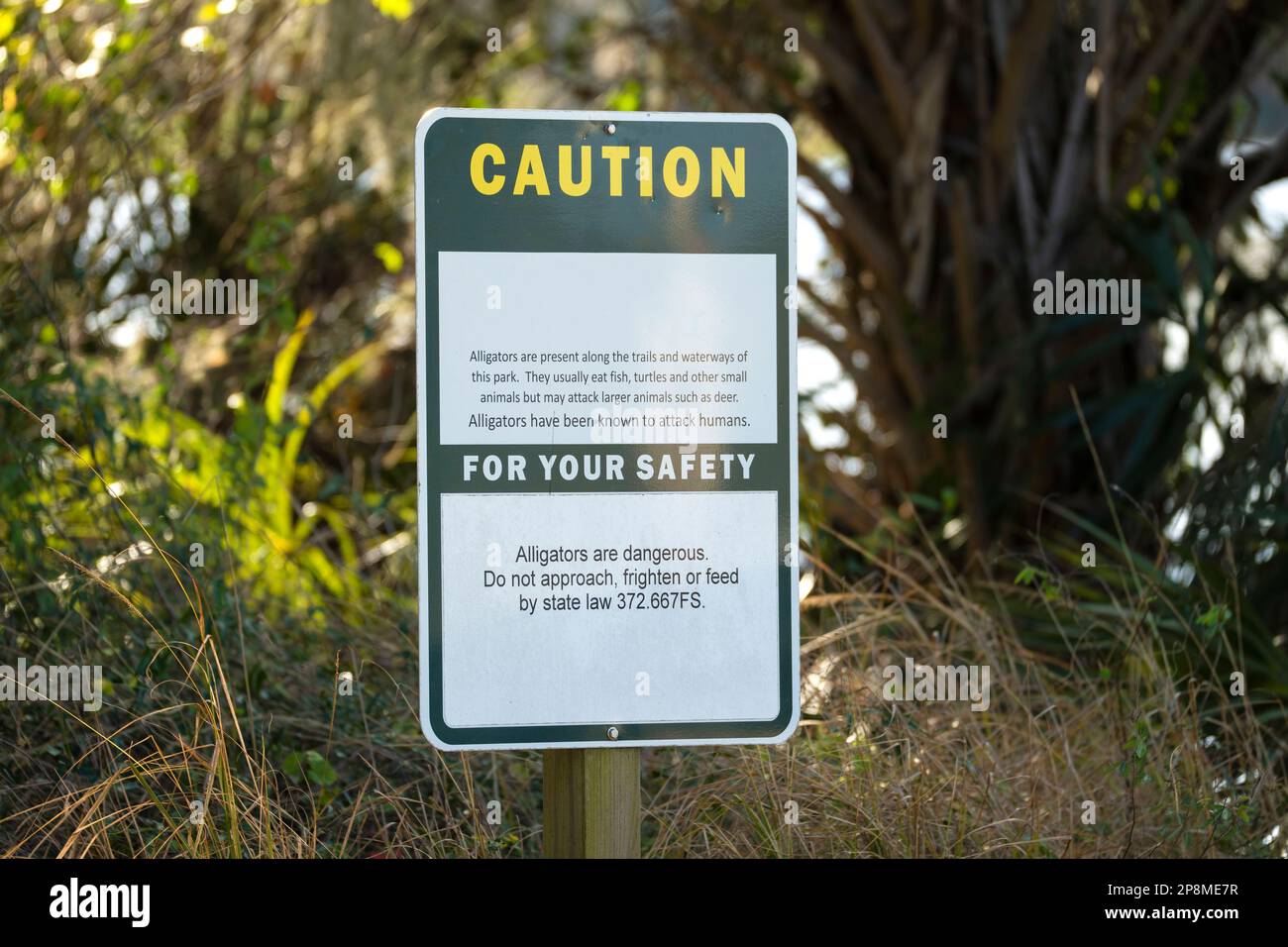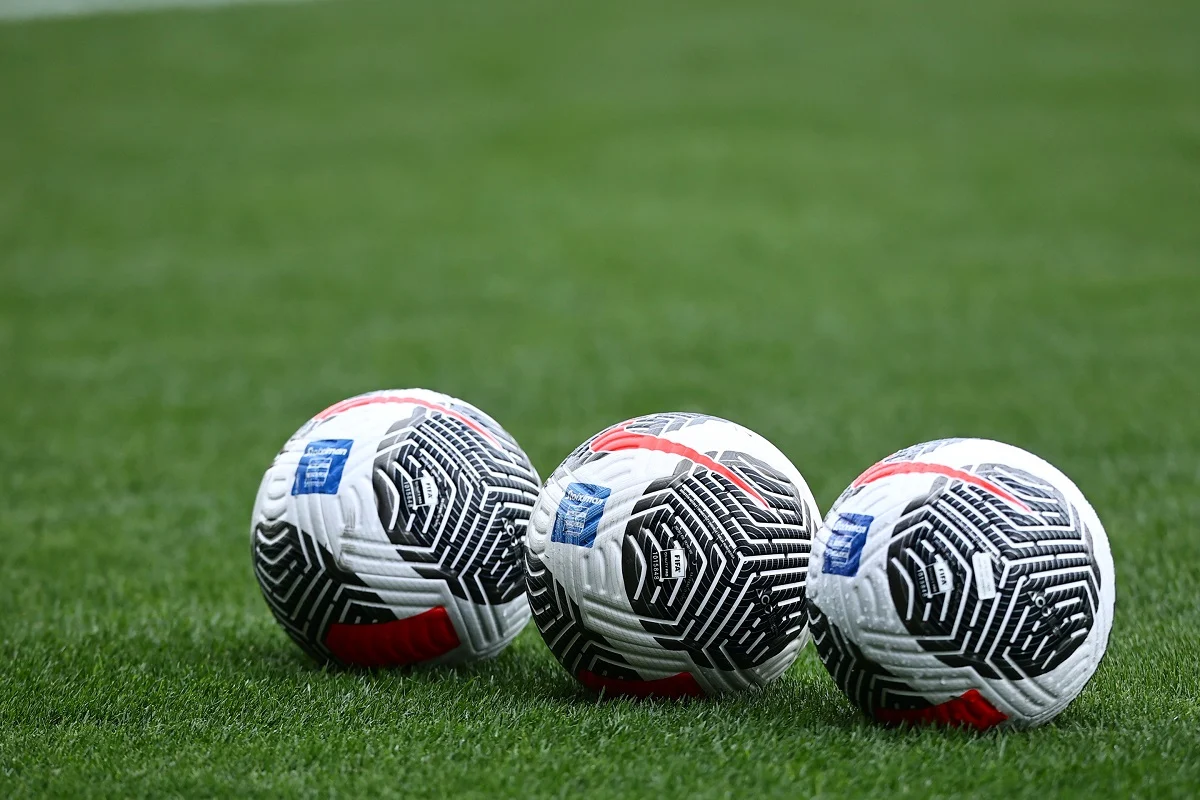Florida Spring Alligators: Filming Techniques And Safety

Table of Contents
Understanding Alligator Behavior in Spring
Spring is a crucial time in the life cycle of Florida alligators. Increased activity levels are the norm as mating season begins, and nesting sites are prepared. This heightened activity means alligators are more likely to be encountered, and their behavior can be more unpredictable. Understanding these behaviors is paramount to safe and responsible filming.
Alligators exhibit several key behaviors in spring:
- Mating Season Aggression: Male alligators become highly territorial and aggressive during mating season, competing for females. Expect to see more movement and potential confrontations between males.
- Nest Protection: Female alligators are fiercely protective of their nests and hatchlings. Approaching a nesting site is incredibly dangerous and should be strictly avoided.
- Basking Behavior: Alligators often bask in the sun to regulate their body temperature, particularly after periods of activity. This behavior provides excellent photographic opportunities, but maintain a safe distance.
- Movement Patterns: Alligators may travel longer distances in spring, searching for mates or suitable nesting sites. Be aware that they may unexpectedly appear in areas where they weren't previously sighted.
Avoid areas with known alligator nests or mating pairs. Look for signs like disturbed vegetation or alligator tracks. Respect their space and prioritize observation over interaction.
Essential Safety Precautions for Filming Florida Spring Alligators
Safety should always be your top priority when filming Florida spring alligators. These powerful reptiles can be dangerous, and a lack of caution can have severe consequences. Maintaining a safe distance is absolutely crucial.
- Distance is Key: Never approach an alligator. Maintain a minimum distance of at least 50 feet. The further, the better. Remember that even seemingly docile alligators can become aggressive if they feel threatened.
- Zoom is Your Friend: Utilize high-quality zoom lenses and telephoto lenses to capture detailed shots from a safe distance. Avoid needing to get closer to achieve the shot you desire.
- No Interaction: Never feed or attempt to interact with alligators in any way. Feeding encourages them to approach humans, creating a dangerous situation for both the animal and people.
- Situational Awareness: Always be aware of your surroundings and potential escape routes. Know where you can retreat to quickly if necessary.
- Inform Someone: Inform a friend or family member of your location and planned return time. This is especially important when filming in remote areas.
- Safety Equipment: Consider carrying a personal locator beacon (PLB) or satellite messenger, especially in remote locations with limited cell service. This can be a lifesaver in case of an emergency.
Filming Techniques for Stunning Alligator Footage
Capturing breathtaking footage of Florida spring alligators requires technical skill and the right equipment. Here are some filming techniques to help you get the best possible shots:
- Camera Settings: Adjust your camera settings based on the lighting conditions. Use a relatively low ISO to minimize noise, and adjust your aperture and shutter speed to achieve the desired depth of field and motion blur.
- Stabilization: Use a tripod or stabilizer to achieve smooth, professional-looking shots, especially when using a telephoto lens. This will greatly enhance the quality of your footage.
- RAW Format: Shoot in RAW format to maximize the flexibility during post-processing. This allows for greater control over exposure, color, and sharpness.
- Optimal Equipment:
- Utilize a high-quality telephoto lens for close-ups from a safe distance.
- Use a tripod or monopod to minimize camera shake.
- Consider using a drone (with appropriate permits and following all regulations). Drone footage can offer unique perspectives.
- Experiment with different angles and perspectives to capture the alligators in their natural environment.
Ethical Considerations When Filming Wildlife
Responsible wildlife filming is crucial for conservation efforts. Minimizing your impact on the alligator's natural behavior is vital.
- Minimize Disturbance: Avoid using flash photography, making loud noises, or making sudden movements that could startle the animals.
- Respect Habitats: Do not disturb nests, mating pairs, or feeding patterns. Observe them from a distance and avoid interfering with their natural behaviors.
- Leave No Trace: Leave the area as you found it; do not litter. Respect wildlife and their natural environment.
Conclusion
Filming Florida spring alligators can yield incredible footage, but safety and ethical considerations must always be paramount. By understanding alligator behavior, implementing proper safety measures, and employing effective filming techniques, you can capture stunning images while protecting yourself and these magnificent creatures. Remember, responsible wildlife filming is crucial for conservation efforts and ensures future generations can enjoy the beauty of Florida spring alligators. Plan your trip responsibly, prioritize safety, and start capturing breathtaking footage of Florida spring alligators today!

Featured Posts
-
 Will There Be A John Wick 5 Keanu Reeves Weighs In
May 12, 2025
Will There Be A John Wick 5 Keanu Reeves Weighs In
May 12, 2025 -
 Yankees Vs Brewers Updated Injury List For March 27 30 Series
May 12, 2025
Yankees Vs Brewers Updated Injury List For March 27 30 Series
May 12, 2025 -
 Henry Cavills Departure From The Witcher Exploring The Sirens Of The Deep Storyline
May 12, 2025
Henry Cavills Departure From The Witcher Exploring The Sirens Of The Deep Storyline
May 12, 2025 -
 Increased Risk For Indy 500 Drivers A 2025 Analysis
May 12, 2025
Increased Risk For Indy 500 Drivers A 2025 Analysis
May 12, 2025 -
 Nba Playoffs Plires Programma Agonon And Zeygaria
May 12, 2025
Nba Playoffs Plires Programma Agonon And Zeygaria
May 12, 2025
